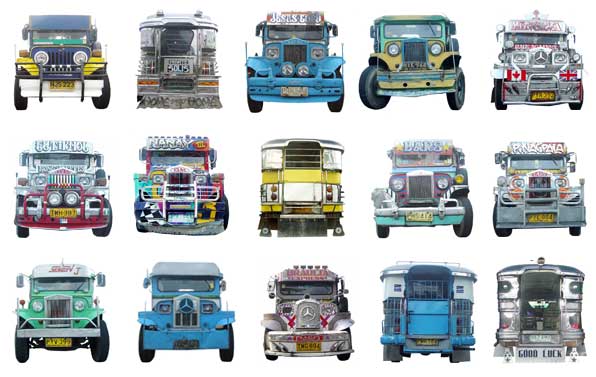Automobile Industry in Philippines
Automobile Industry in Philippines
  |
Philippines is a member of the Association of South East Asian Nations (ASEAN), a regional trading block with combined annual vehicle sales of 1.5 million units (1996, pre financial crises.)
In spite of the pall of gloom descending upon the global automotive industry in the recent years, as threats of soaring fuel prices and shrinking purchasing power continue to cause jitters among nervous consumers, and as when major auto markets like the US are reporting double-digit sales slump and shedding thousands of jobs, the Philippines auto industry provides a stark contrast.
In fact, the Philippines auto industry continues to experience double-digit growth, with total vehicle sales rising 14.2% in 2008 compared to previous year. This can be attributed to the steady stream of dollar inflows from overseas Filipino workers and investments by rising entrepreneurs that the local auto industry has so far bucked the trend and side-stepped the global slowdown in car sales.
The local auto industry is dominated by global auto brands but it plays a major role domestically as an economic driver through the downstream industries that depend on it from the assemblers and distributors, to the makers of various automotive parts and components, dealers who retail the vehicles, not to mention the many ancillary industries that include car accessories, after-sales service businesses, oil and lubricant industry, among many others.
There are more than 530 players in the automotive industry, which includes 21 passenger car and commercial vehicle assemblers/distributors, 256 parts makers, and more than 240 dealer outlets nationwide.
The economy benefits in the form of government revenues from taxes paid which enables it to spend on infrastructure development. In 2007 alone, the local automotive industry contributed a total of Peso18.92 billion in taxes, up from Peso14.94 billion in 2006.
Trade Barriers
In order to produce vehicles in the Philippines, manufacturers must be recognized as part of one of the Motor Vehicle Development Programs (MVDP), to produce either passenger vehicles or commercial vehicles. To participate in either of these programs, certain requirements must be met, including having a minimum of 40 percent local parts content as well as meeting foreign exchange requirements in order to import components.
The MVDP was first initiated in 1987 with the Car Development Program, which was designed to help foster the development of a local components industry. At that time the number of manufacturers was limited to three (all Japanese manufacturers). Since 1995 the trend in the Philippines' automotive sector has been towards liberalization, with President Ramos' initiative to remove quotas on vehicle imports. In 1996 steps were taken to open up the MVDP to all manufacturers.

2 Mga Komento:
A debt of gratitude is in order for sharing such an extraordinary information........
sheet metal fabrication
thanks for sharing nice blog
top 3 domain registration company in sultanpuri
Mag-post ng isang Komento
Mag-subscribe sa I-post ang Mga Komento [Atom]
<< Home